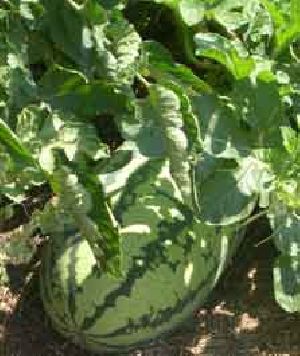
WATERMELON KERNELS
History:David Livingstone, an explorer of Africa, described watermelon as abundant in the kalahari desert, where it is believed to have originated. There, the ancestral melon grows wild and is known as the Tsamma melon (Citrullus lanatus var citroides)Uses:Watermelon seeds are rich in fat and protein, and are widely eaten as a snack, added to other dishes, or used as an oilseed. Specialized varieties are grown which have little watery flesh but concentrate their energy into seed production. In China watermelon seeds are one of the most common snack foods, popular especially with women, competing with sunflower seeds, and sold roasted and seasoned. In West Africa, they are pressed for oil, and are popular in egusi soup and other dishes.
...more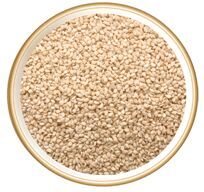
Natural Sesame Seeds
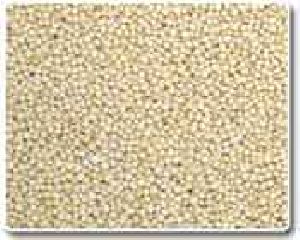
Mustard Seeds
Commercial Varieties :The Brassica genus includes broccoli, cabbage, cauliflower, turnips and radishes. The mustard family also includes plants grown for their leaves, like arugula, a number of Oriental greens, as well as mustard greens. Three related species of mustard are grown for their seeds: Yello Mustard (Brassica alba or Brassica hirta) is a round hard seed, beige or straw coloured. Its light outer skin is removed before sale. With its milder flavour and good preservative qualities, this is the one that is most commonly used in ballpark mustard and in pickling. Black Mustard (Brassica nigra) is a round hard seed, varying in colour from dark brown to black, smaller and much more pungent than the white. Brown ustard (Brassica juncea) is similar in size to the black variety and vary in colour from light to dark brown. It is more pungent than the white, less than the black. Bouquet: The seed itself has no aroma.Flavour: Sharp and fiery.
...more
Indian Sesame Seeds
Sesame (Sesamum indicum L.) is one of the oldest cultivated plants in the world. It was a highly prized crop of Babylon and Assyria at least 4,000 years ago. Today India is the worlds largest producers of sesame followed by Burma, Sudan, Mexico, Nigeria, Venezuela, Turkey, Uganda, China and Ethiopia. Sesame was introduced to the United states in the 1930’s. Domestic production has been limited because of lack of cultivators that can be harvested mechanically. In 1987, the sesame average in this country was less than 2500 acres, about half of which were in Texas. The U.S. Imports about 40,000 tons of seed and 2,200 tons of sesame seed annually.
...more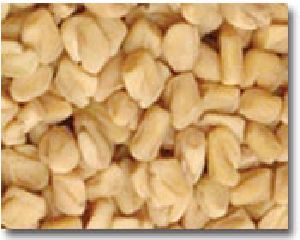
Fenugreek Seeds
We can offer you Sortex Clean Purity 99% Fenugreek in the following varieties: Singapore Quality HPS: 1 to 2 % Admixture (Cleaned by Machine without dust & stone) Europe Quality HPS:1 to 2 % Admixture (Big seeds, Cleaned by Machine without dust & stone)
...more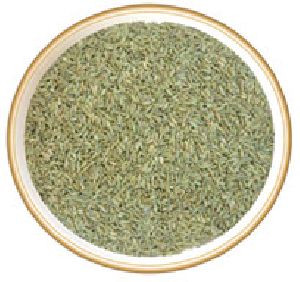
Fennel Seeds
We can offer you the following Cumin varieties: Singapore Quality HPS: 1 to 2 % Admixture (Cleaned by Machine without dust & stone) Europe Quality HPS:1 to 2 % Admixture (Big seeds, Cleaned by Machine without dust & stone) USA Quality DHPS: 1 % Admixture (Supreme Quality Big seeds, Cleaned by Machine without dust & stone)
...more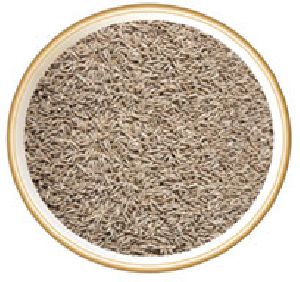
Cumin Seeds
We can offer you the following Cumin varieties: Singapore Quality HPS: 1 to 2 % Admixture (Cleaned by Machine without dust & stone) Europe Quality HPS:1 to 2 % Admixture (Big seeds, Cleaned by Machine without dust & stone) USA Quality DHPS: 1 % Admixture (Supreme Quality Big seeds, Cleaned by Machine without dust & stone)
...moreBe first to Rate
Rate ThisOpening Hours